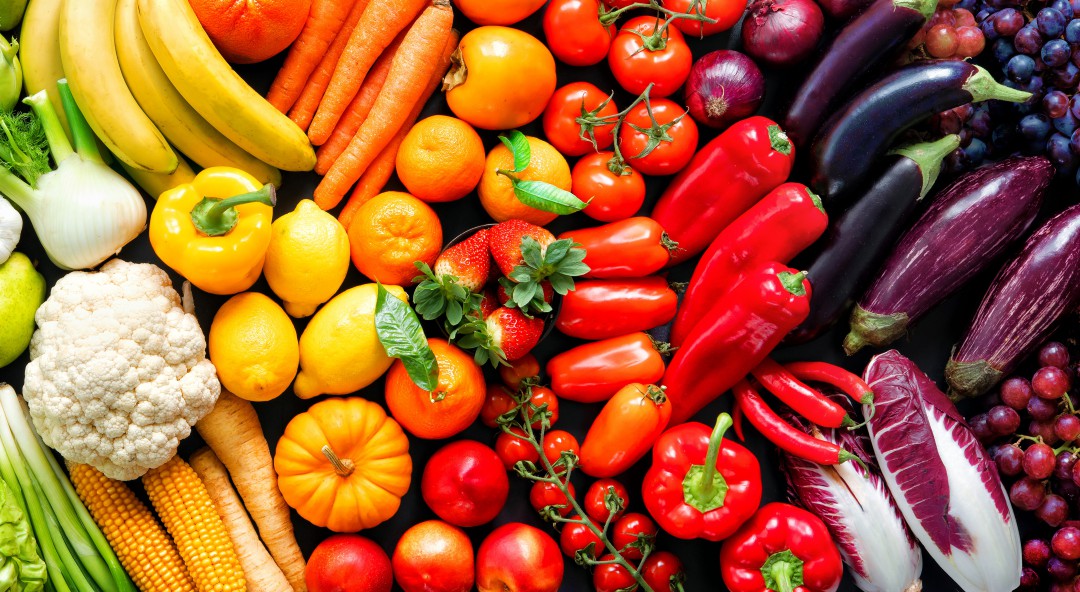As time goes by, everything we see around us is starting to become more and more advanced by adapting to technology. Food distribution, one of the biggest industries, had seemed to be lagging behind however. This is no longer the case today though as we can see different types of technological advancement coming into the food supply chain. Probably the biggest example of technological adaptation in the food supply chain is the fact that Amazon is now very much involved in the distribution of food. It also has a pantry section that can provide you with fresh produce in a matter of hours! However, while there may be a few large players in food distribution, the biggest chunk of the market still comprises of many small companies making ends meet. The reason for that is due to not only the complicated nature of the business but also the uniqueness of foods that can often be limited geographically. Regardless, there are already some major changes that are occurring in terms of technology, and here are a few major examples.
Virtual Inventories
One of the biggest challenges for food supply chains for small and medium-sized businesses is that they are being constantly asked to deliver goods at a faster rate. This is causing a lot of problems in terms of maintaining sufficient stock for all businesses. To deal with that, warehouses are now using a technology called virtual inventories. This means that the distributor is carrying stock in multiple locations and, depending on what the business wants and where that item is located, they can send the order to them in the quickest possible time. Amazon does this for its orders quite frequently to make sure that customers can receive their products quickly.
Too Many SKUs
In 1955, a quarter of every American dollar spent on food went to the restaurant industry. Today, that number is double the amount which means food distributors are now required to ship double the amount of food that they did back then. However, another huge impact is in the variety of food items that they are shipping. With so many alternative meal options now becoming popular, food supply chains are becoming incredibly more strained. To meet this SKU requirement, they are turning to technology to ensure every product is efficiently managed through databases and inventory management. They are also using analytics to make sure that they can provide the best possible service that surpasses the quality and efficiency of their competitors.
Warehouse Monitoring
A great way of ensuring that things like Just in Time (JIT) can be implemented for maintaining and distributing stock is to keep a keen eye on it. Technology has allowed the use of sensors, visual aids, and even robotics to come and play their role in improving the supply chain process. You can track everything from the stock on your shelves to the location of your delivery drivers and make sure everything is where it needs to be on time and in good condition. The simple fact is, the food supply chain is quickly becoming a highly competitive market. There are a lot of developments still expected to come in the food supply chain. Businesses who do not adapt and take advantage of this will eventually become obsolete.











